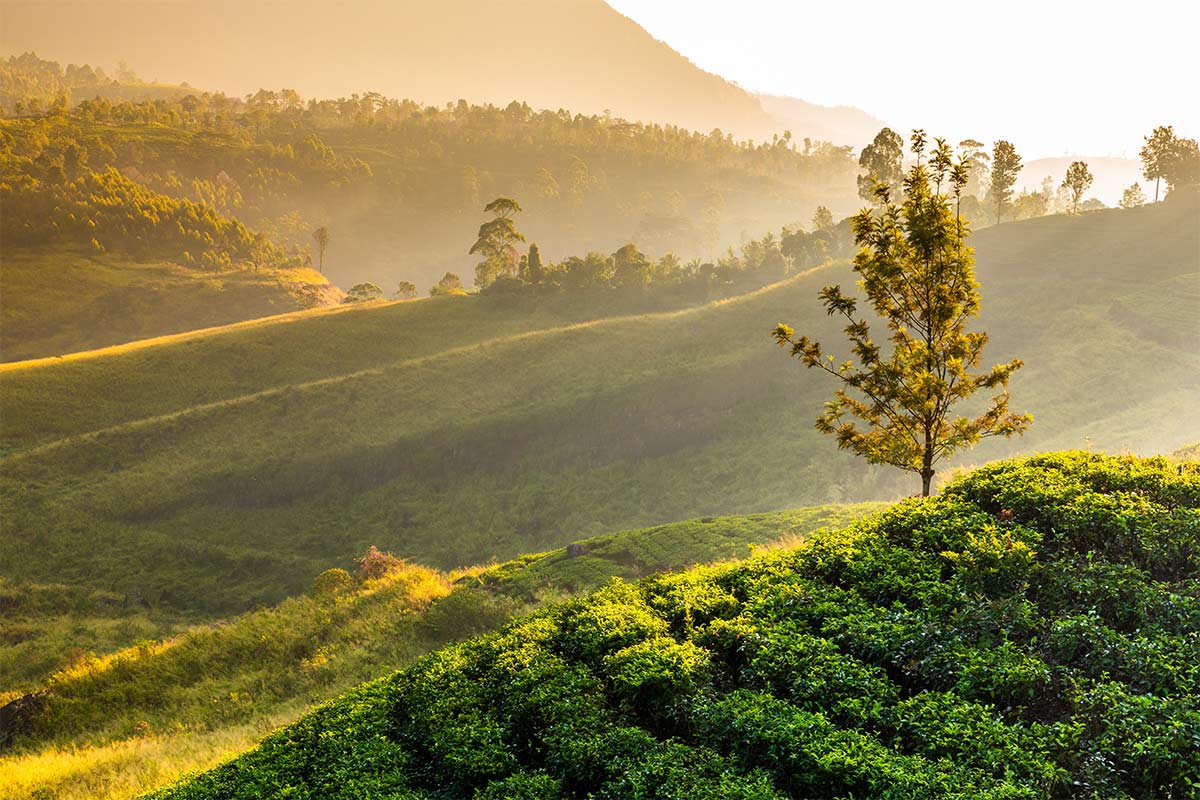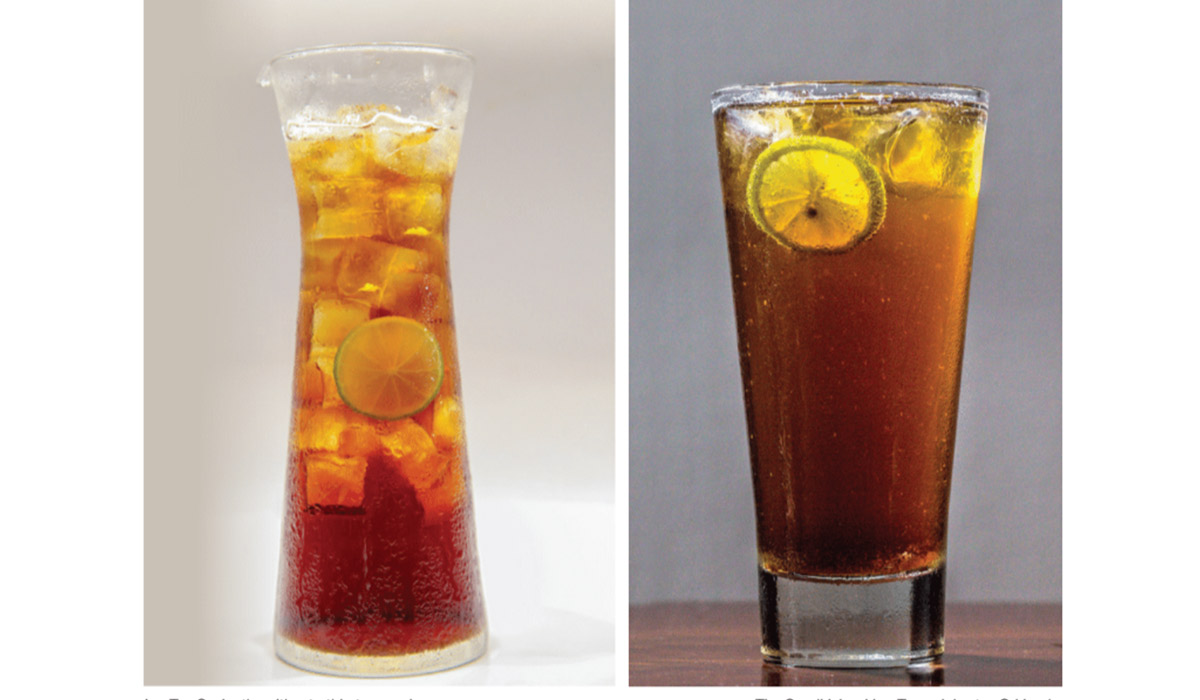
- Home
- About Us
- Philosophy
- Accolades
- Meet the Ministers
- The Menu
- Hansard
- Pop-Ups
- Concept Store
- Reservations
- Select a Location
- Contact Us

In the late 1800s, Ceylon Tea came to the island’s rescue, replacing the devastated coffee fields and providing there silient planters of the era another economic crop. It was during1867 that Scotsman James Taylor planted the first seeds from Assam in 19 acres at ‘Field No 7’ at the Loolecondera Estate in Kandy. Five acres of the original plantation still exist, as does the planter’s lodge where the Father of Ceylon Tea, processed by hand the first shipment of tea from Sri Lanka. Ceylon Tea has since spread throughout the central hills, to the foothills of Piduruthalagala – the country’s tallest mountain, and to the dark reddish soil of the South – a mere 600m from sea level. The varieties of Ceylon Tea are classified as High Grown, Medium Grown and Low Grown. There are seven tea districts, NuwaraEliya, Uda Pussellawa, Dimbulla,Uva, Kandy, Sabaragamuwa and Ruhuna. Throughout the island, Ceylon black tea is mainly processed in the orthodox method. Tea is plucked by hand in the morning, a picturesque scene that has adorned many a postcard showcasing the beauty of the Island. At the factories, the tea leaves are weighed, and then placed on long troughs for withering. Once the moisture in the leave
is reduced, they are rolled in machines, oxidized and dried. The final result is a fine cup of Ceylon Tea, the world’s premium brew, flavoured by the tropical weather and fertile soil. One of the most distinctive qualities of Ceylon Tea is its diverse flavour and shades of the tea liquid, which vary according to the tea district. In Kandy, where its origins are rooted, Ceylon Tea takes an intensely full-bodied infusion, which is bright and coppery. High grown teas from Nuwara Eliya are known for its goldenbrew and delicate floral flavour.Darker in colour and with a pinkish shade, Uda Pussellawa teas are exquisitely tangy. Exposed towinds from the northeast and southeast, the Uva tea districtproduces exotically aromatic Ceylon Teas with a special character. Dimbulla is known forits refreshingly mellow teas, wherethe mountainous region’s diverse topography infuses the golden Dimbulla cuppa with variousflavours and floral or citrusy hints. Sabaragamuwa, the largest tea district in the country, producesan exceptionally stylish cup witha reddish tint and sweet caramel fragrance. Distinctively unique,Ceylon Tea from Ruhuna has arobust and strong flavour. The unique characteristics of theSabaragamuwa and Ruhuna tea districts are due to their closeproximity to the lush tropicalSinharaja Rainforest.Diners at Nihonbashi, Ministryof Crab, The Tuna & The Crab,Café Nihonbashi and Alexandra& Ward can enjoy the refreshing Iced Tea Soda, made from aCeylon Tea concentrate. It is anall-natural alternative to soft drinksand is the ultimate thirst quencheron a warm day. It is also a great accompaniment to the complexflavours at Nihonbashi and spicydishes at MoC.Ceylon Tea is also the base ofthe signature cocktail, the SmallIsland Ice Tea. It is an inventivebeverage that is truly a celebrationof Sri Lanka.
